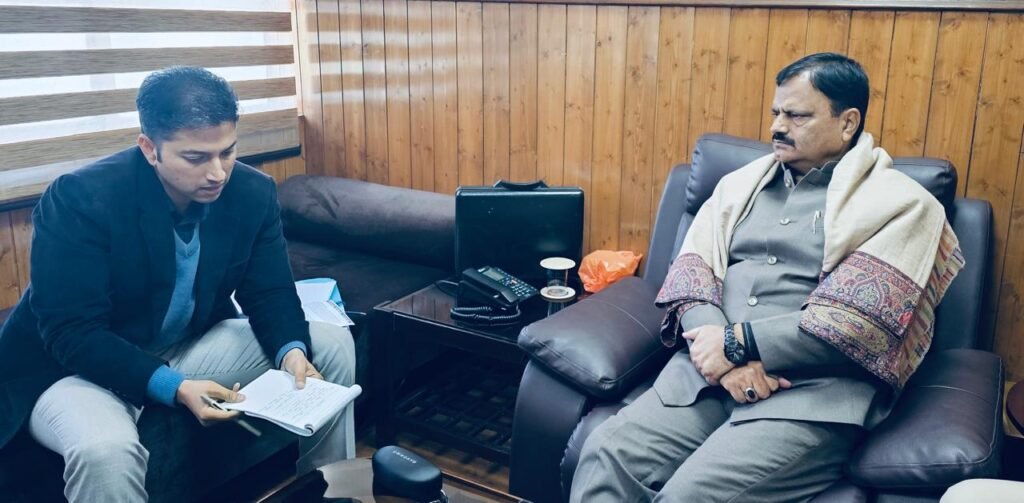Javed Ahmed Rana, Minister for Jal Shakti, Forest, Ecology & Environment, and Tribal Affairs, has approved a significant proposal aimed at empowering tribal communities and ensuring their inclusive development in Jammu and Kashmir. The decision includes the inclusion of newly notified tribes under various tribal welfare schemes.
Rana instructed senior officials, including Secretary Prasanna Ramaswamy G and Director Ghulam Rasool, to expedite initiatives for the socio-economic empowerment of the tribal population in the region. A key move in this direction is the expansion of the Dharti Aaba Mission, a flagship tribal development program designed to improve the quality of life in tribal-majority villages. Under the approved proposal, which will be submitted to the Ministry for Tribal Affairs (MoTA), the mission will cover 20 districts, 112 blocks, and 393 villages in J&K.
In addition, 676 new villages, including 204 from aspirational districts like Baramulla and Kupwara, have been identified for inclusion, bringing the total number of villages under the mission to 880. The mission will focus on improving infrastructure, education, healthcare, and livelihood development in these areas.
The Minister also emphasised the inclusion of newly recognized tribal communities in J&K following the recent amendment to the Jammu and Kashmir Scheduled Tribes Order, 2024. The addition of communities such as the Pahari Ethnic tribe, Gadda Brahmin, Koli, and Paddari has doubled the tribal population to approximately 30 lakh, accounting for 11.9% of the total population. These newly recognized tribes will immediately benefit from initiatives such as Pre-Matric and Post-Matric scholarships and the Dharti Aaba scheme for livelihood development. Additionally, the Pradhan Mantri Aadi Adarsh Gram Yojana (PMAAGY) will be extended to tribal villages, focusing on holistic development, including the improvement of basic amenities and socio-economic indicators.
To strengthen the tribal economy, the Minister called for prioritizing self-employment schemes like Van Dhan Vikas Kendras, which will provide skill development training, financial support, and market linkages for tribal artisans and entrepreneurs. The Tribal Affairs Department has also prepared a proposal to expand the coverage of tribal villages, selecting them based on criteria such as a minimum population of 500, with at least 50% belonging to Scheduled Tribes. For example, Baramulla district will include 43 new villages, while Kupwara will cover 50 new villages, making them major hubs for tribal-focused development.
In order to ensure that tribal communities are fully informed about their rights and entitlements under various welfare schemes, the Minister directed the Director, Tribal Affairs, to launch awareness campaigns in collaboration with tribal leaders, NGOs, and local bodies. He also stressed the importance of a robust monitoring mechanism to oversee the implementation of these schemes, ensuring transparency, accountability, and the timely delivery of benefits.
Recognizing the crucial role of women and youth in tribal communities, Rana announced the rollout of special initiatives under the Dharti Aaba Mission to empower tribal women through skill development centers and Self Help Groups (SHGs). Dedicated programs for tribal youth, including career counseling, sports programs, and training for competitive exams, will also be launched to foster leadership and educational growth.
The Minister concluded by highlighting that the inclusion of newly declared tribes under welfare schemes represents a historic step in addressing long-standing inequities, affirming the government’s commitment to ensuring that every tribal community has access to education, healthcare, and economic opportunities.




